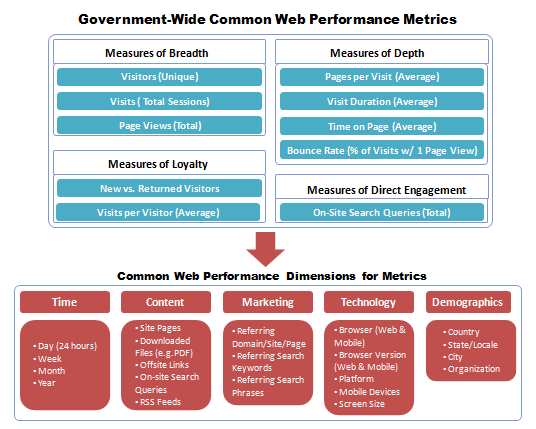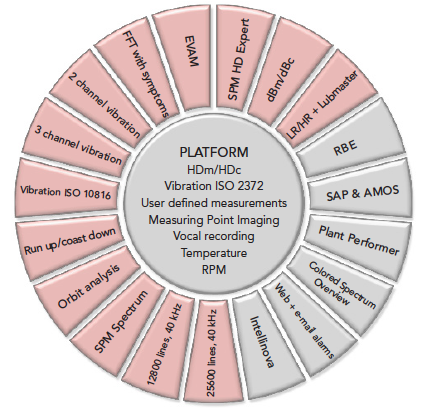How to Use Online Tools to Measure Investment Performance For Dummies
Post on: 30 Июнь, 2015 No Comment

Online performance-measurement tools can help you check how well your online investment portfolio is doing quickly and easily. Automated tools generally fall into four main categories: financial software, online stock simulations and social investing sites, portfolio-tracking sites, and performance-tracking Web sites.
Personal finance and performance-tracking software
Financial software runs on your computer and crunches the math. Examples include the following:
Intuit’s Quicken : Quicken has advanced investing functions that monitor all your portfolio returns. What makes Quicken unique is that it measures the expected risk, or standard deviation, of your portfolio in addition to returns.
Quant IX Software’s Investment Account Manager : Quant IX’s entrant in the financial software market is an advanced software program designed to meticulously track your portfolio’s returns. You enter your transactions, and the software does the rest with a great level of precision. The software costs $179, which includes one year of online access to stock data.
Analyze Now! : Analyze Now! provides you with a collection of free spreadsheets that can help you calculate everything you need.
Spreadsheet plug-ins: If you’re already a spreadsheet jockey and want to track your performance that way, you need a way to pull current stock quotes into your spreadsheet. Microsoft provides a free plug-in that downloads the day’s stock quotes into Excel.
Stock simulation and social investing sites
Most stock simulation and social investing sites offer performance-tracking tools.
TradeMonster : This site’s paper trading system, called PaperTrade, allows you to practice trading using digital funny money. But it also gives you access to the site’s performance section, which lets you see how your portfolio did during different timeframes.
Covestor : In addition to being a leading social investing site, Covestor also has an impressive performance-tracking tool.
Online brokers are so competitive that they often look at what others are doing and match it. Be sure to check with all the online brokers to see whether they have added any portfolio performance-tracking tools.
Investment portfolio-tracking websites
Just about all the sites that track market information. These sites allow you to enter your holdings or transactions and then sit back, waiting for them to tell you how much your stocks are up or down for the day and year:
Morningstar.com : Morningstar has a standout portfolio tracker because it tells you more than just whether your stocks went up or down for the day or year. If you click the Performance tab for your portfolio, you can see how its value has changed over the past 12 months.
Personal Capital : Personal Capital attempts to give online investors the same powerful portfolio tracking tools on the web that they’ve had in software, such as Intuit’s Quicken. You can sign up for the service for free, and it will download all your portfolio information from various brokerage firms. You will, though, need to trust the site enough to provide your brokerage account’s log-on information.
SigFig : SigFig is trying to upgrade the experience of tracking stock portfolios online. The site offers robust tools that allow you to enter your portfolio information yourself, or if you’re comfortable sharing your online log-on information, to download your portfolio information from your brokerages. You can slice and dice your portfolio performance in a variety of ways to get a handle on how you’re doing. The service is free to use.
StockSelector.com : A free portfolio service for the more active trader, StockSelector.com provides ample links to all sorts of company news and other data designed to help you buy and sell stocks.
USATODAY.com : The Portfolio section of the USA TODAY site has a portfolio tracker that looks at all the portfolios of all the site’s users and finds which 50 stocks are the most popular.

Mint.com : Intuit’s online Mint.com Web site is geared mainly toward helping consumers save money. But you also find a basic portfolio-tracking feature that can size up your portfolio.
Yodlee PersonalFinance : Yodlee is the company that provides the heavy-duty calculations that many online brokers use to power their sites.
Performance-tracking Web sites
Performance-tracking provide much more detail about your portfolio’s risk and return than general portfolio-tracking websites.
Macroaxis : If you want to put your portfolio through the paces and really see how it’s performing, this site is for you.
Profitspi : This site lets you enter your trades and quickly calculates your returns.
Icarra : Icarra is one of the few free sites that can calculate your returns by using the advanced internal rate-of-return method.
Portfoliomonkey : You can enter all your stocks, mutual funds, and ETFs, and Portfoliomonkey will analyze the portfolio. After some number crunching, the site tells you how risky your portfolio is and how well your different investments work together.
Stockalicious : This free site allows you to enter your trades and see how your performance matches up against the market and other users.
- Add a Comment Print Share














